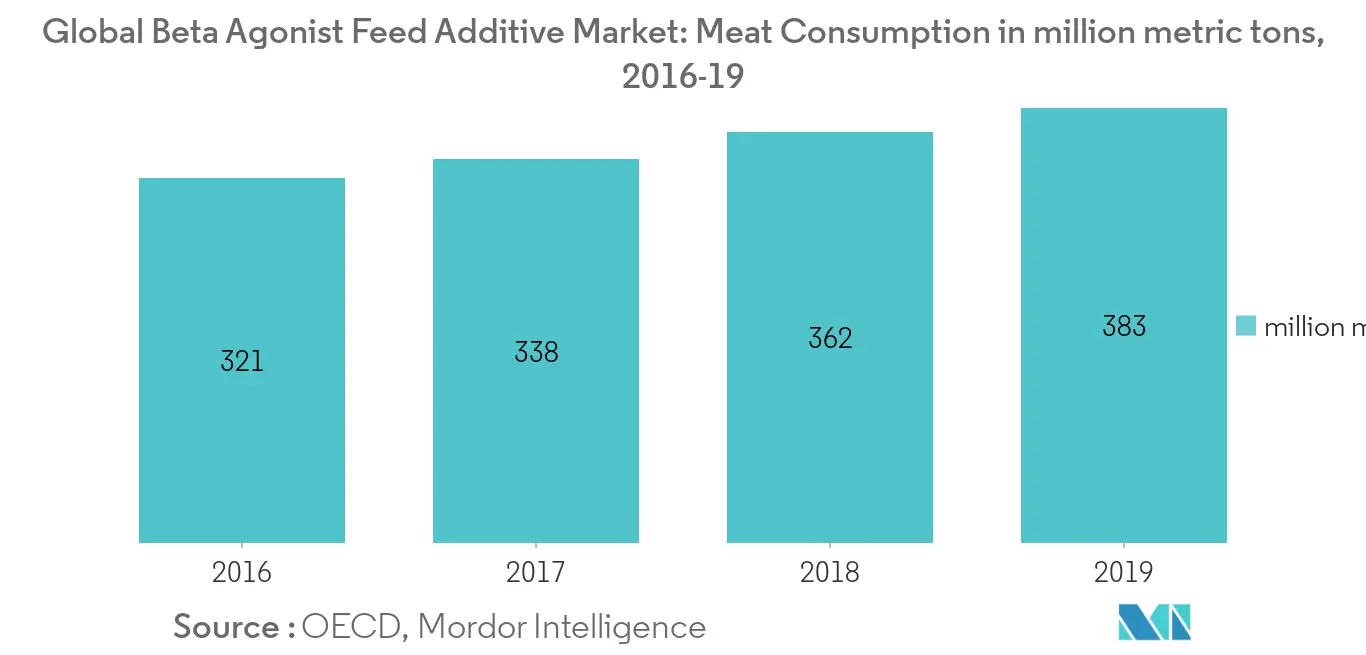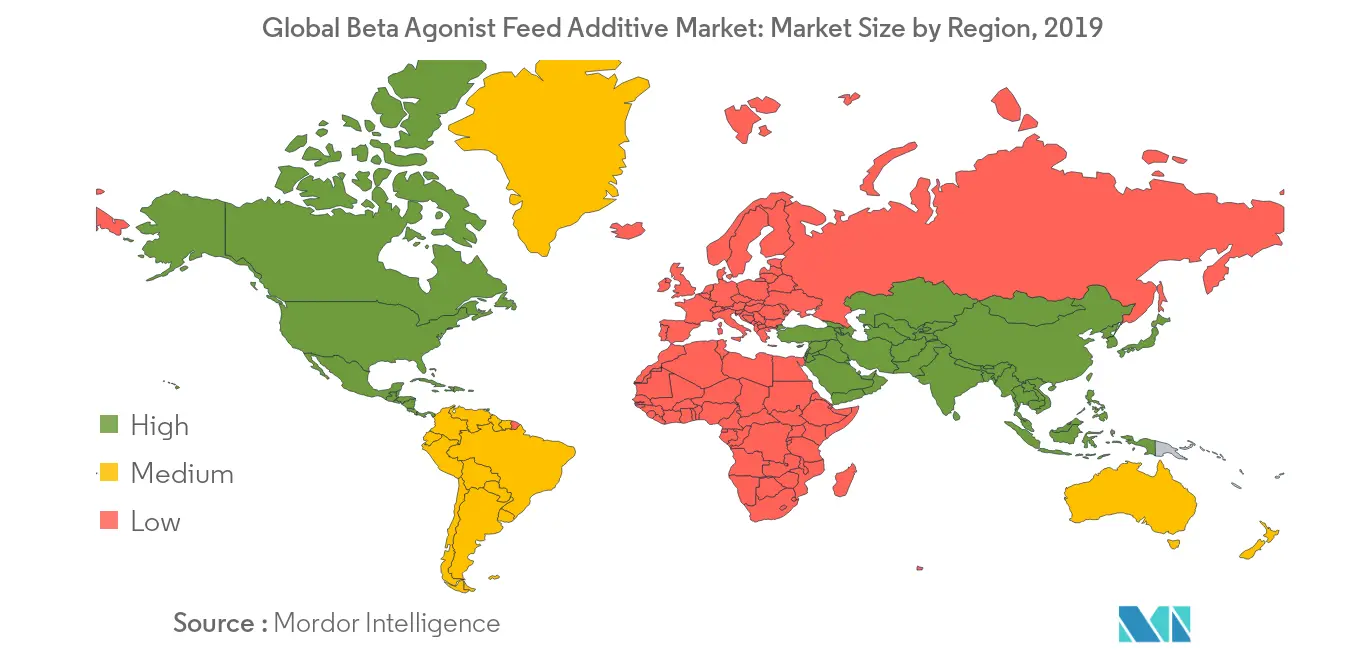Market Trends of Beta Agonist Feed Additive Industry
This section covers the major market trends shaping the Beta Agonist Feed Additives Market according to our research experts:
Increasing Demand for Animal Meat to Boost the Beta Agonist Feed Additive Sales
There has been increasing pressure on the livestock industry, to meet the increasing demand for meat and high-value animal protein. Population growth, rising incomes in developing nations, and urbanization have led to a surge in global livestock production. The level of income and consumption of animal protein is directly related to the consumption of milk, meat, and eggs, which are increasing at the expense of staple foods. Due to a decline in the prices of meat and meat products, developing countries are beginning to consume large quantities of meat, at a much lower level of the gross domestic product than industrialized countries did, two to three decades back. Urbanization has led to increased demand for meat and milk products in cities when compared to the rural areas.
The global meat market has maintained its growth, and the global consumption of meat products is expected to witness a significant CAGR over the forecast period. The highest growth in meat consumption is expected from the Asia-Pacific and Latin American regions, because of changing diet patterns, urbanization, population, and economic growth. For example, Chinese demand for meat continues to surpass the domestic supply, according to Agriculture and Agri-food Canada.

United States to Dominate the Beta Agonist Feed Additive Sales
The United States Market is projected to grow at a CAGR of 3.8% during the forecast period (2020-2025). Meat, particularly beef, is the centerpiece of the average American dinner. According to the US Department of Agriculture (USDA), the year 2018 set a record of 222.2 pounds per capita of animal meat being consumed in the United States, breaking the previous year's record of 216.9 pounds per capita.
The growing consumption of meat is expected to stimulate the production of cattle, which in turn, may bolster the US beta-agonist feed additives market in the forecast period. 60-80% of the US fed cattle are raised with a beta-agonist, like Optaflexx (ractopamine hydrochloride) sold by Elanco Animal Health or Zilmax (zilpaterol hydrochloride) manufactured by Merck Animal Health. However, in 2013, Merck Animal Health had halted the production of Zilmax, following which Tyson Foods, one of the largest processors of meat, also stopped purchasing the drug. The result of lesser production and usage of Zilmax has left a negative influence on the market. Since the time Zilmax was banned, Optaflexx has been performing well in the US market, accounting for the majority share of the beta-agonist feed additives market.


